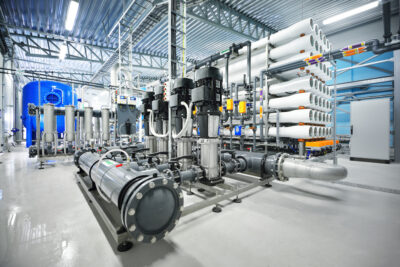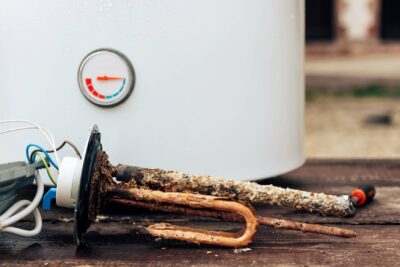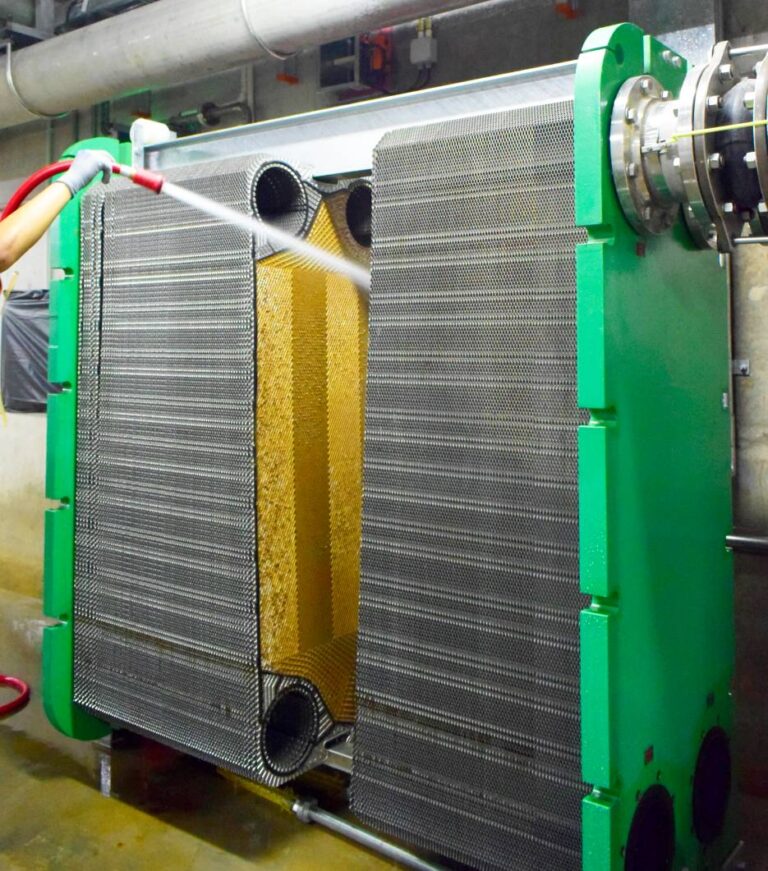Plate Heat Exchanger Cleaning Procedure: A Comprehensive Guide
Plate heat exchangers (PHEs) are widely used in various industries due to their efficient heat transfer capabilities, compact design, and ease of maintenance. However, like all heat exchangers, they can suffer from fouling, which impedes performance and increases energy consumption. Regular cleaning is crucial to maintain their efficiency and longevity. This article provides a step-by-step guide to the cleaning procedure for plate heat exchangers, ensuring that they operate at peak performance.
Understanding Plate Heat Exchangers
Plate heat exchangers consist of multiple thin, corrugated plates stacked together, with a small gap between them. These plates allow two fluids to flow on opposite sides, facilitating heat transfer without mixing. The design enables a large surface area for heat exchange, making PHEs highly efficient. However, the small gaps between the plates can easily become clogged with various deposits, leading to reduced efficiency and potential damage if not properly maintained.
Importance of Regular Cleaning
- Maintaining Efficiency: Deposits such as scale, sludge, and biological fouling reduce the effective surface area for heat transfer, decreasing the overall efficiency of the PHE.
- Preventing Corrosion and Damage: Certain deposits can lead to localized corrosion, weakening the plates and potentially causing leaks. Regular cleaning helps prevent such damage.
- Reducing Operational Costs: A fouled heat exchanger requires more energy to achieve the same level of heat transfer, leading to higher operational costs. Cleaning restores the PHE to its optimal performance, reducing energy consumption.
- Ensuring Compliance and Safety: In industries where PHEs are critical to operations, maintaining them in good working order is essential for regulatory compliance and safety.
Types of Fouling in Plate Heat Exchangers
Before cleaning, it’s important to identify the type of fouling affecting the PHE:
- Scale: Hard mineral deposits, typically calcium carbonate, that form when water is heated or when there are high concentrations of dissolved minerals.
- Sludge: A mixture of organic matter, rust, and other particulates that can settle in the narrow gaps between plates.
- Biological Fouling: The growth of microorganisms such as bacteria or algae, particularly in cooling water systems.
- Corrosion Products: Deposits formed from the corrosion of the metal plates, often as a result of improper pH balance or aggressive cleaning chemicals.
Cleaning Methods for Plate Heat Exchangers
The method chosen for cleaning depends on the type and severity of fouling. The two primary methods are chemical cleaning and mechanical cleaning.
1. Chemical Cleaning
Chemical cleaning is the most common method for cleaning PHEs, particularly for removing scale and biological fouling.
- Preparation:
-
- Isolate the PHE from the system by closing the inlet and outlet valves.
- Drain the heat exchanger of any remaining fluids.
- If possible, disassemble the PHE to gain access to the plates.
- Choosing the Right Cleaning Solution:
-
- For scale removal, use an acidic solution such as hydrochloric acid or citric acid. Ensure that the acid concentration is appropriate to avoid damaging the plates.
- For biological fouling, use biocides or chlorine-based solutions.
- Always include a corrosion inhibitor in the cleaning solution to protect the metal plates during the cleaning process.
- Circulating the Cleaning Solution:
-
- Attach hoses to the inlet and outlet of the PHE.
- Circulate the cleaning solution through the PHE using a pump. The solution should flow in the opposite direction of normal operation to enhance cleaning efficiency.
- Continue circulating the solution for a few hours, depending on the severity of the fouling.
- Rinsing:
-
- After the cleaning cycle, thoroughly rinse the PHE with fresh water to remove any residual chemicals.
- Check the pH of the rinse water to ensure that all cleaning agents have been removed.
- Reassembly:
-
- If the PHE was disassembled, carefully reassemble it, ensuring that all gaskets are properly seated.
- Reconnect the PHE to the system and slowly bring it back into operation.
2. Mechanical Cleaning
Mechanical cleaning is typically used when chemical cleaning is insufficient or when dealing with heavy sludge and particulate fouling.
- Disassemble the PHE:
-
- Isolate and drain the PHE as described in the chemical cleaning procedure.
- Fully disassemble the PHE, removing each plate for individual cleaning.
- Manual Cleaning:
-
- Use a soft brush or plastic scraper to remove loose deposits from the plates. Be careful not to damage the plate surface or the gasket grooves.
- For stubborn deposits, use a high-pressure water jet or steam cleaner. Avoid using metal brushes or abrasive materials that could scratch the plates.
- Inspection:
-
- Inspect each plate for signs of damage, such as corrosion or cracks. Replace any damaged plates to prevent leaks and maintain efficiency.
- Check the condition of the gaskets and replace them if necessary.
- Reassembly:
-
- Reassemble the PHE carefully, ensuring that the plates are correctly aligned and the gaskets are properly seated.
- Tighten the bolts to the manufacturer’s recommended torque to ensure a good seal.
Best Practices for Plate Heat Exchanger Cleaning
To ensure effective cleaning and prolong the life of your PHE, follow these best practices:
- Regular Maintenance Schedule: Establish a regular cleaning schedule based on the type of fluids used, the operating environment, and the PHE’s workload. Regular cleaning prevents severe fouling and extends the lifespan of the heat exchanger.
- Monitor Performance: Keep track of key performance indicators such as pressure drop, temperature differential, and flow rate. A sudden change in these metrics often indicates fouling, signaling the need for cleaning.
- Use Proper Chemicals: Always use cleaning chemicals that are compatible with the materials of the heat exchanger plates and gaskets. Improper chemicals can cause corrosion or degrade the gaskets, leading to leaks.
- Safety Precautions: When handling chemicals, always wear appropriate personal protective equipment (PPE) and follow safety guidelines. Ensure good ventilation when using chemical cleaning agents.
- Documentation: Maintain detailed records of cleaning procedures, including the types of deposits removed, the chemicals used, and the inspection results. This information can help optimize future cleaning efforts and extend the life of the equipment.
- Professional Assistance: For complex cleaning tasks or heavily fouled PHEs, consider hiring professional cleaning services. They have specialized equipment and expertise to handle difficult cleaning jobs.
Conclusion
Cleaning plate heat exchangers is essential to maintain their efficiency, prevent damage, and reduce operational costs. By following the proper cleaning procedures, whether chemical or mechanical, you can ensure that your PHEs operate at their best. Regular maintenance and careful attention to cleaning methods will not only extend the life of the heat exchanger but also improve the overall performance of your system.







